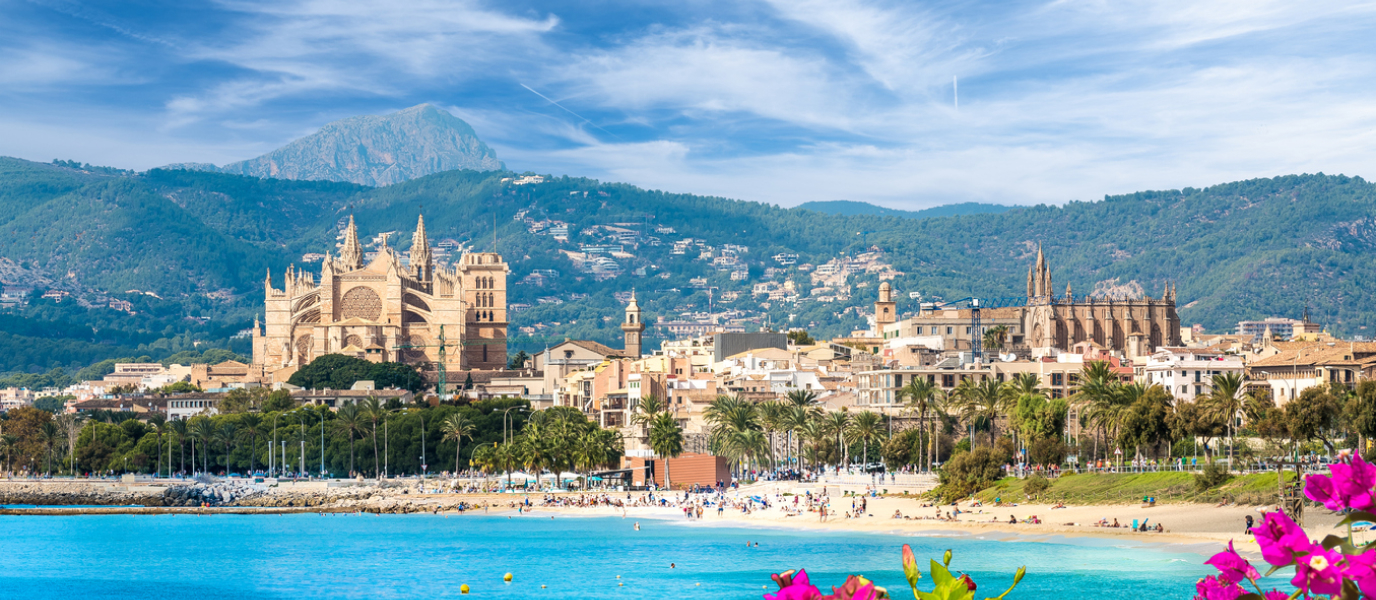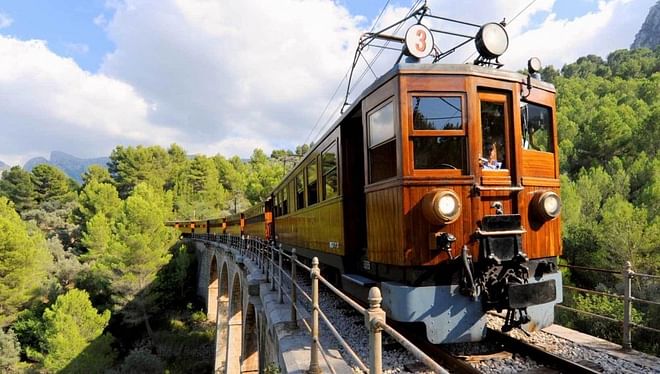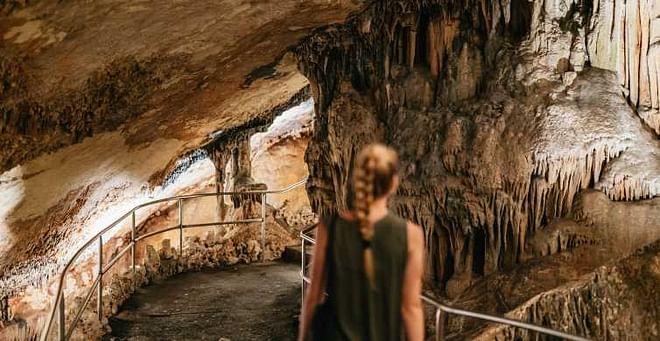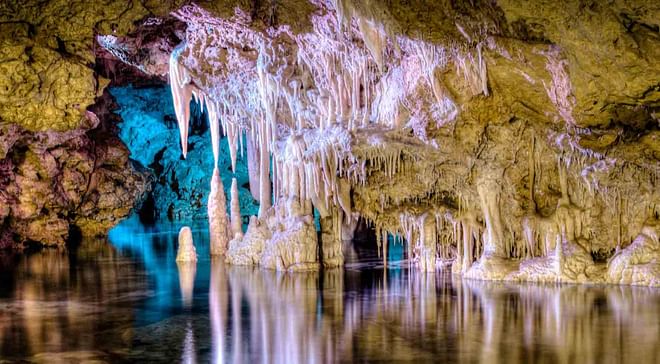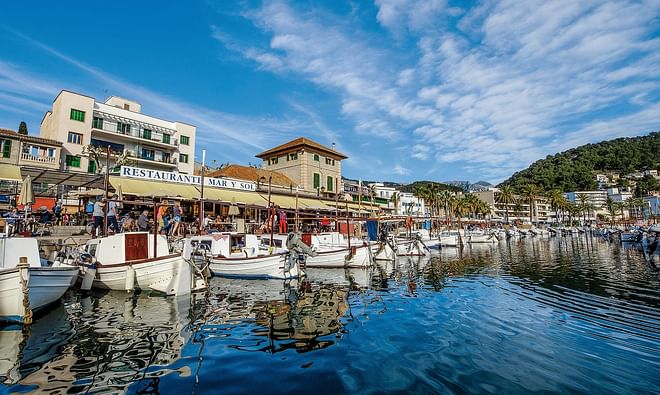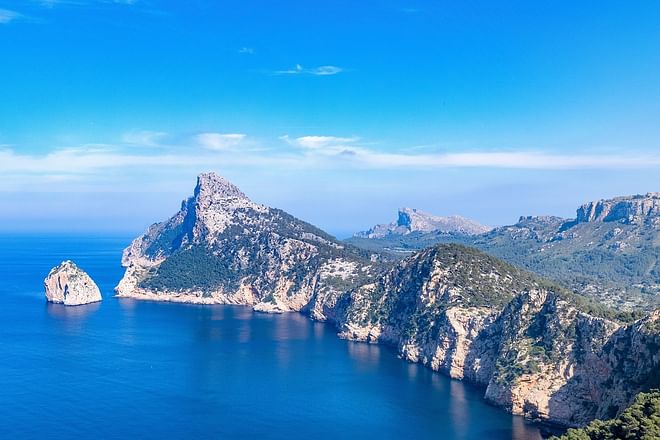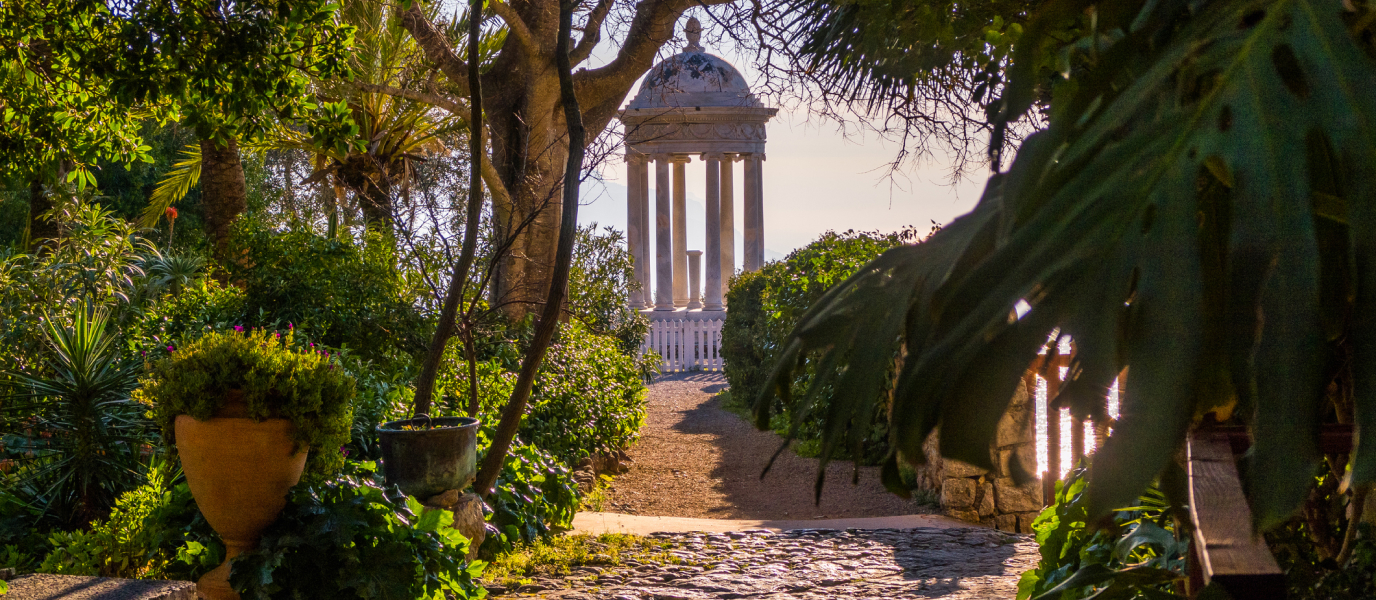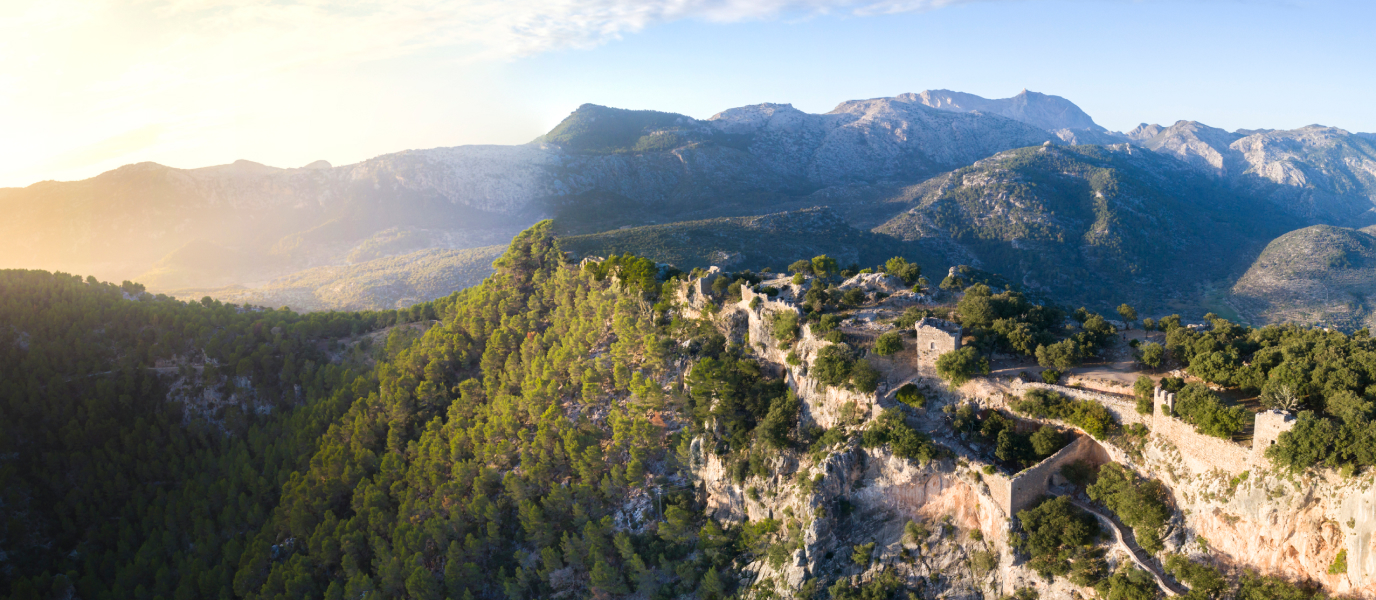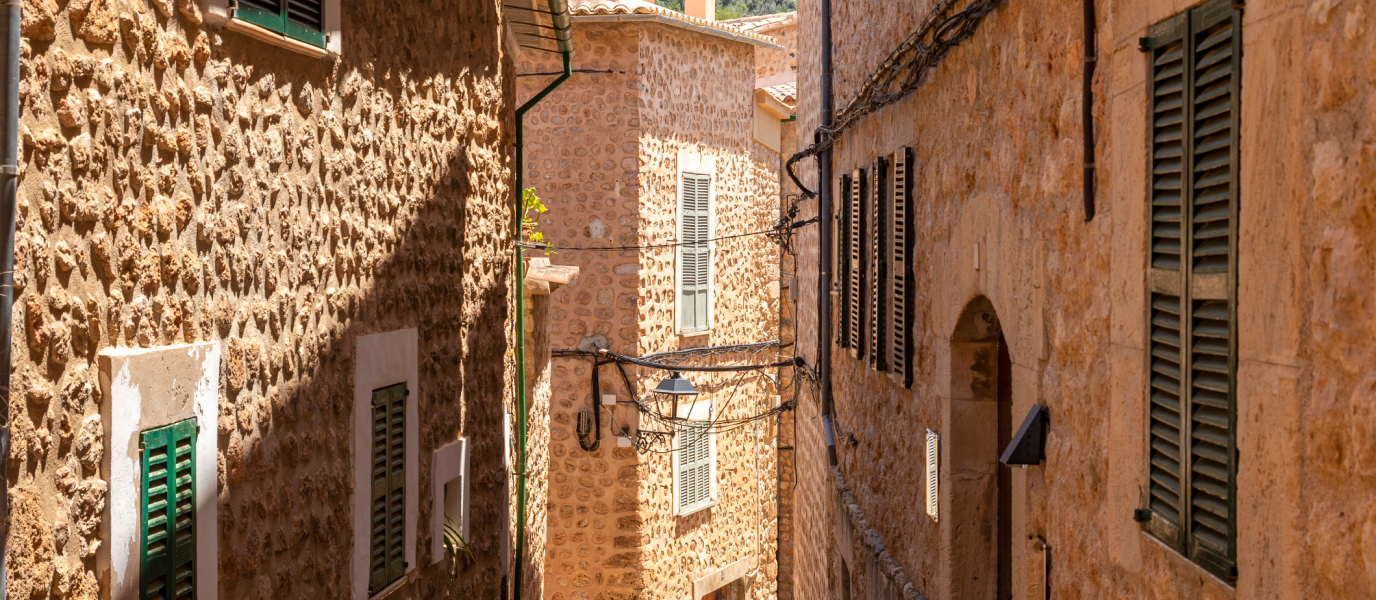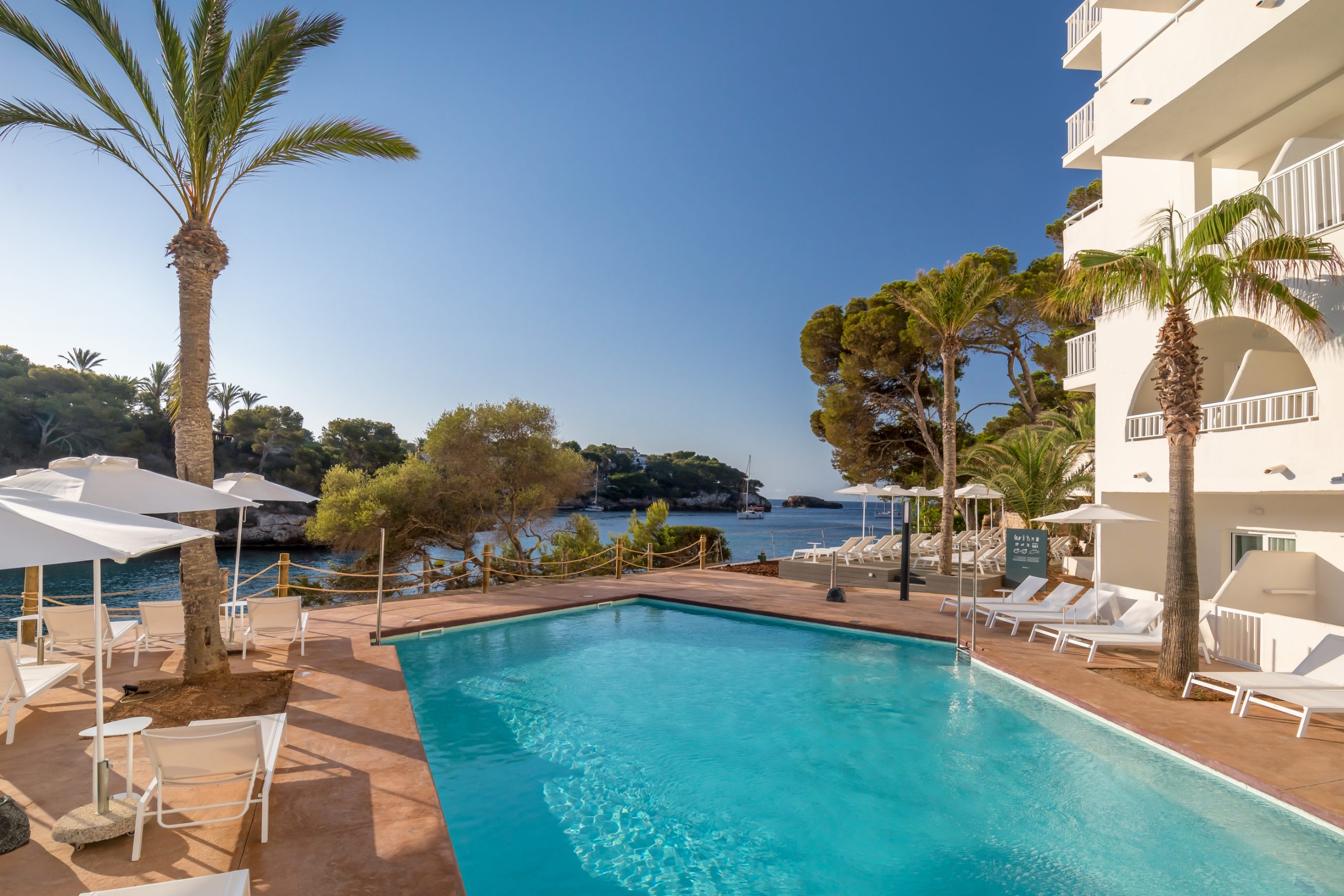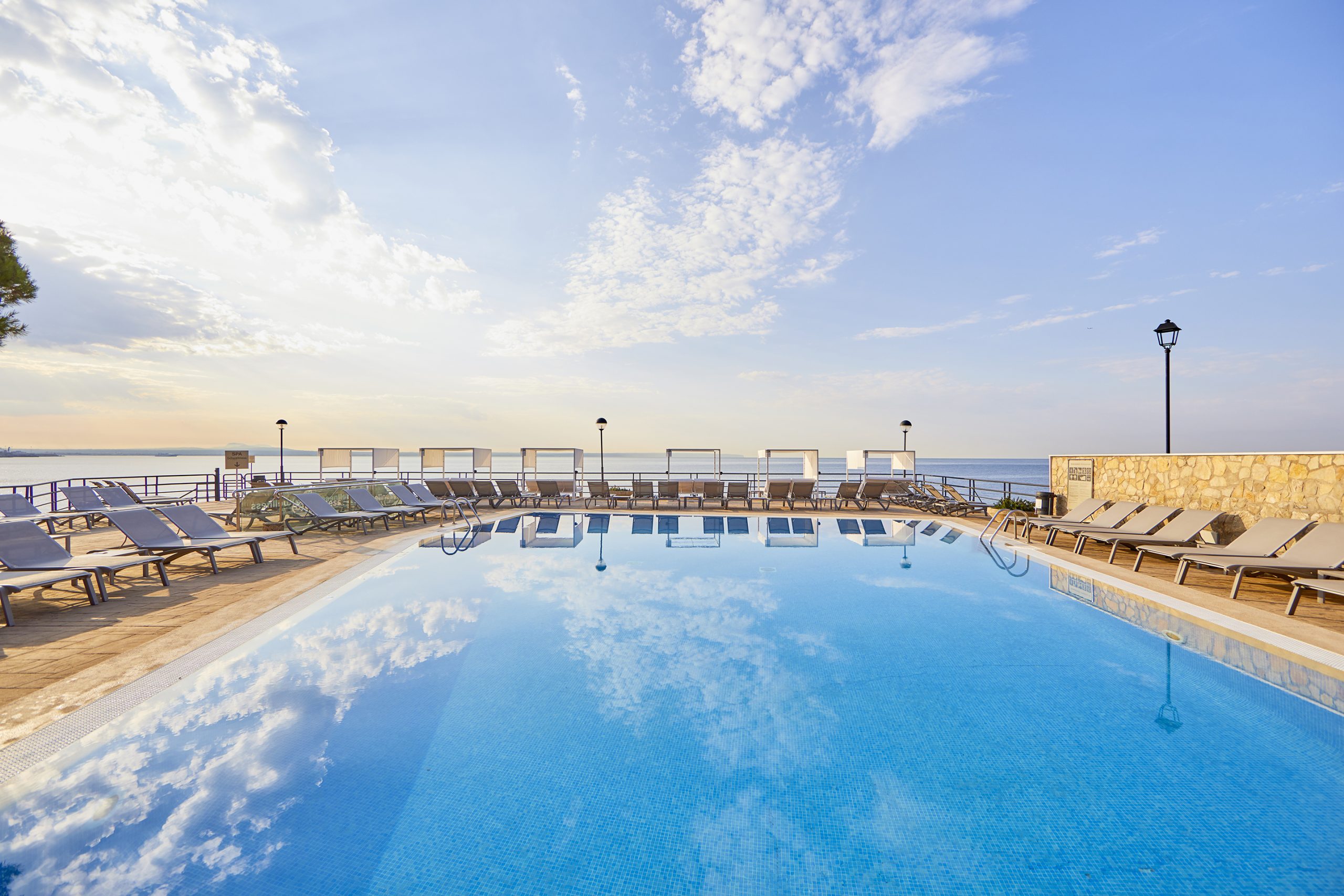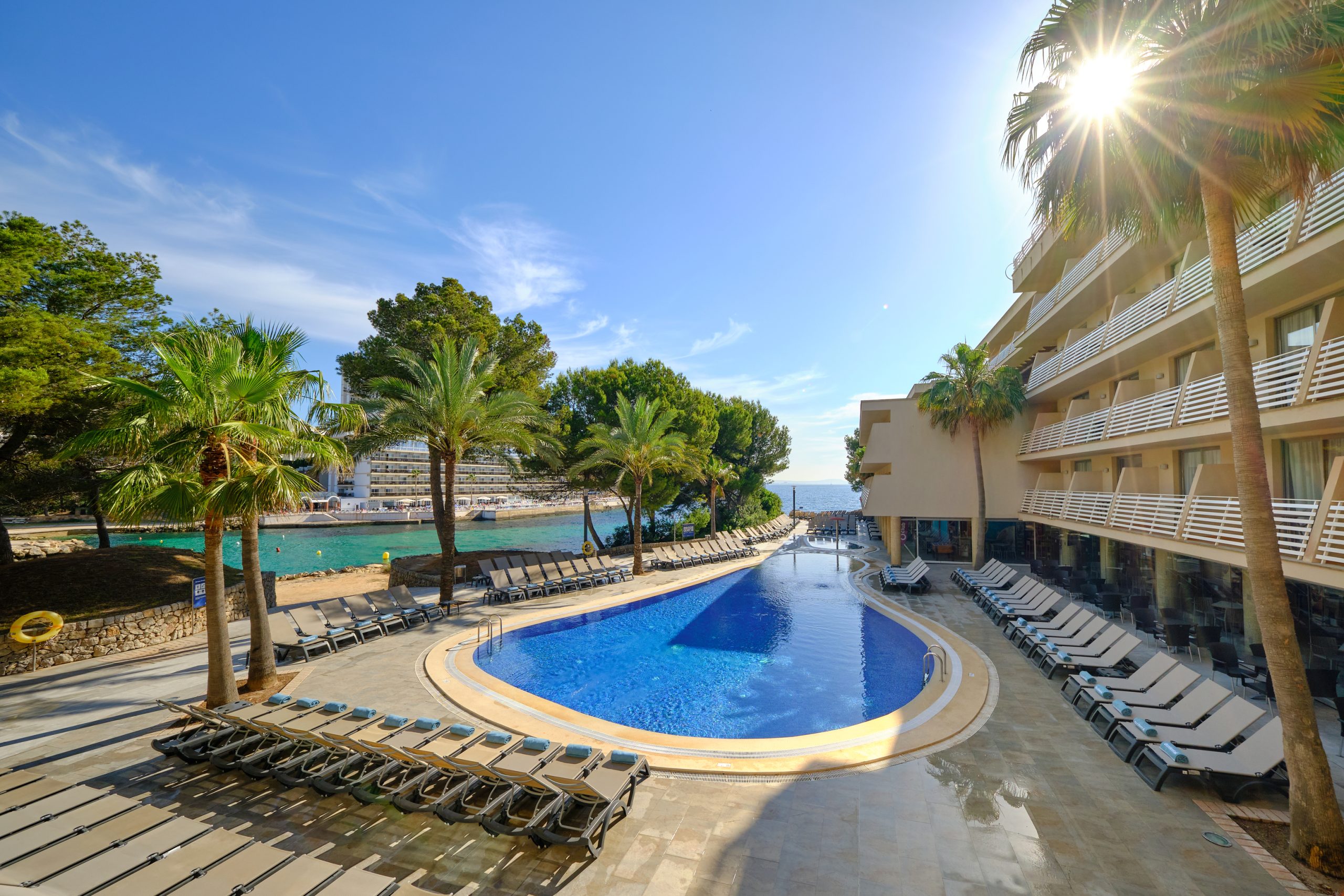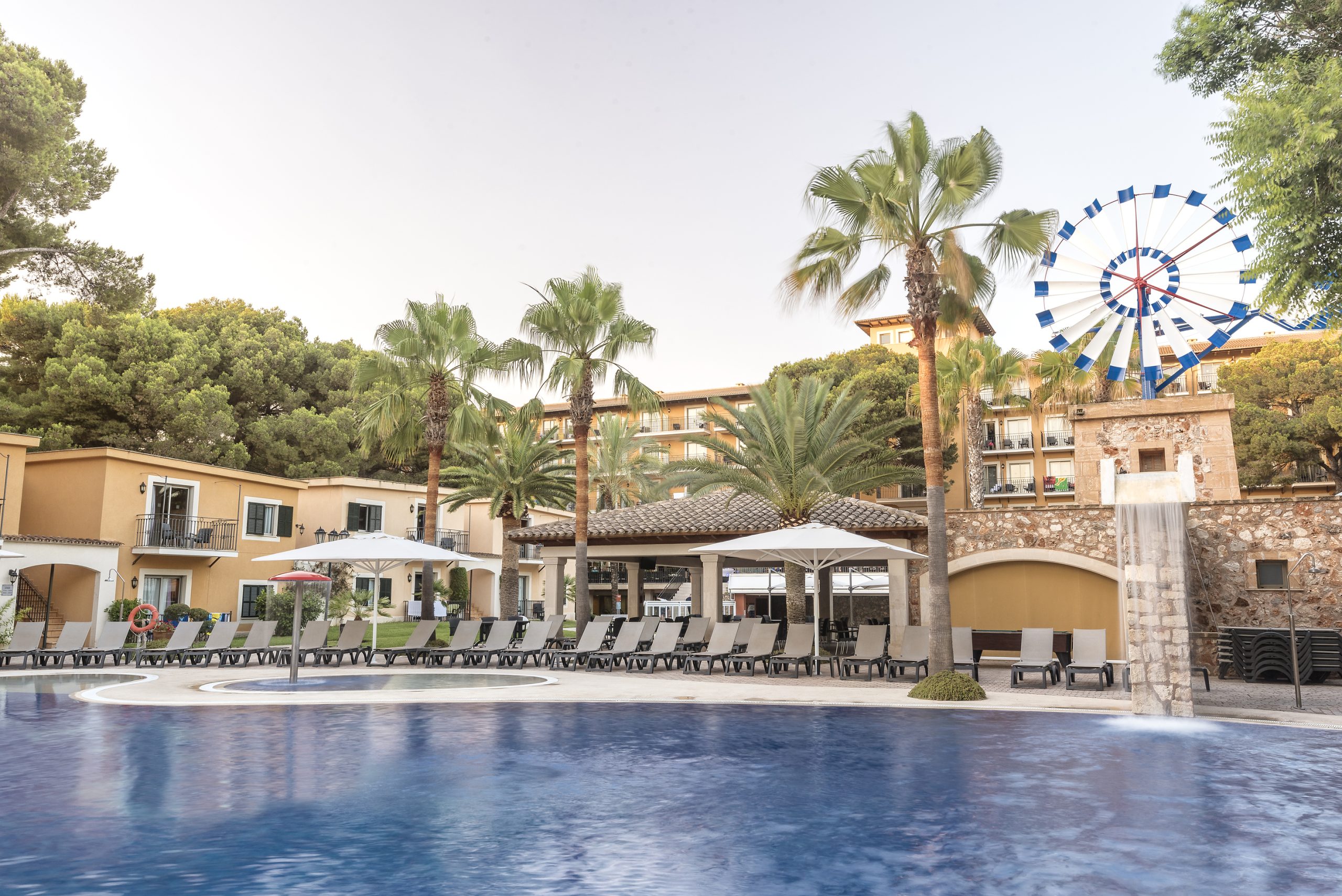Since its foundation by the Romans in 123 BC on the site of a former Talaiotic settlement, Palma de Mallorca, ‘the pearl of the Mediterranean‘, has been sought after by the world. It was occupied by the Vandals and Byzantines, it became Madina Mayurqa under the Muslims, who conquered it in 903, and, even after the Christian conquest in 1229 by King James I of Aragon, it was frequently attacked by Ottoman and Maghrebi pirates until the 19th century. In the 20th century, the beautiful city overlooking the Bay of Palma suffered another type of invasion: millions of tourists, especially Germans and British, were captivated by the island’s charms, making it an attractive all-year-round destination thanks to its cultural offering, beaches, cuisine and nightlife. We will now go over the things not to miss when visiting Palma de Mallorca.
Related experiences
Things to do in Palma de Mallorca: the must-sees
It is not all sun and beach in Palma, a city packed with cultural heritage which became the capital of the former Kingdom of Majorca in the 13th century. Palma Cathedral (known locally as La Seu) has stood on the shores of the bay since the 13th century. It is an enormous Gothic temple which King James I ordered to be built on the site of the former Madina Mayurqa mosque. Do not miss its enormous central rose window or the marks left by artists such as Gaudí and Miquel Barceló in its decoration. In contrast and in front of it stands Almudaina Palace, which is a former Muslim casbah which the Majorcan monarchs adapted as their royal residence by richly ornamenting it, where Saint Anne’s Chapel stands out because of its flamboyant Gothic style.
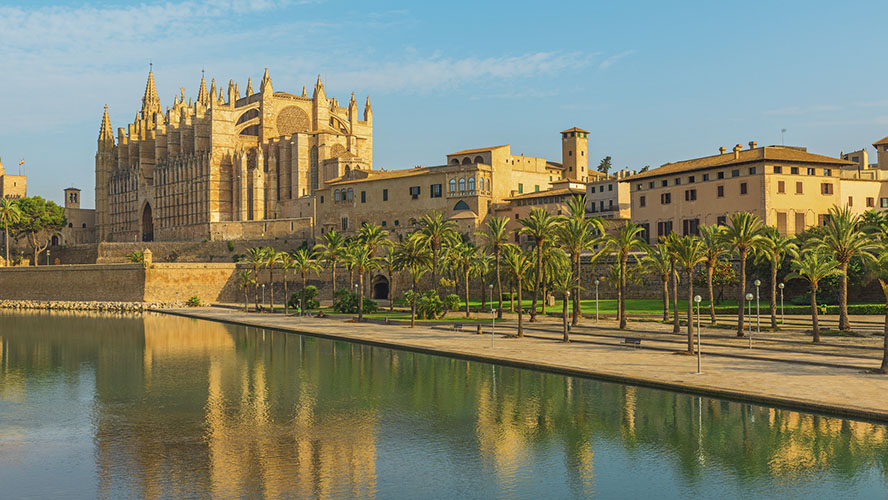
In the nearby Paseo Sagrera, a street with two other symbols of Majorcan trade which flourished in the 15th century, and separated by a garden, there is La Lonja (the city’s trade exchange), which was built by Guillem Sagrera in 1426, plus the former Consulate of the Sea, built in the 16th century and which is now the seat of the regional government. If you want to visit a museum in Palma, the Es Baluard Modern Art Museum is also located on that street; its collection includes works by international masters such as Cézanne, Gauguin, Picasso and Magritte, and Majorcan artists such as Miró and Miquel Barceló.
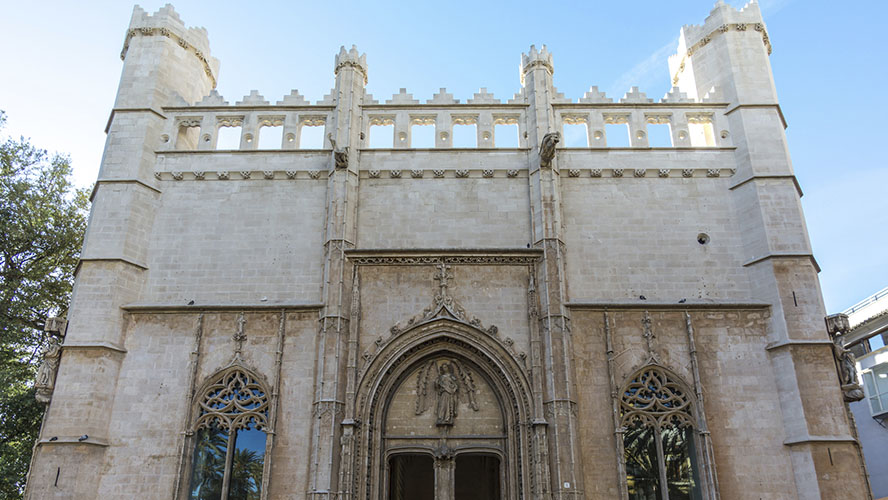
Stroll along Paseo del Born, one of the city’s main thoroughfares, and check out Casal Solleric, an 18th century palace which is now an exhibition centre and has one of the most beautiful courtyards in Palma; and then walk along Carrer de la Unió, which leads to the Plaza Mayor, a modernist square from which the main avenues which form part of the new Palma jut out.
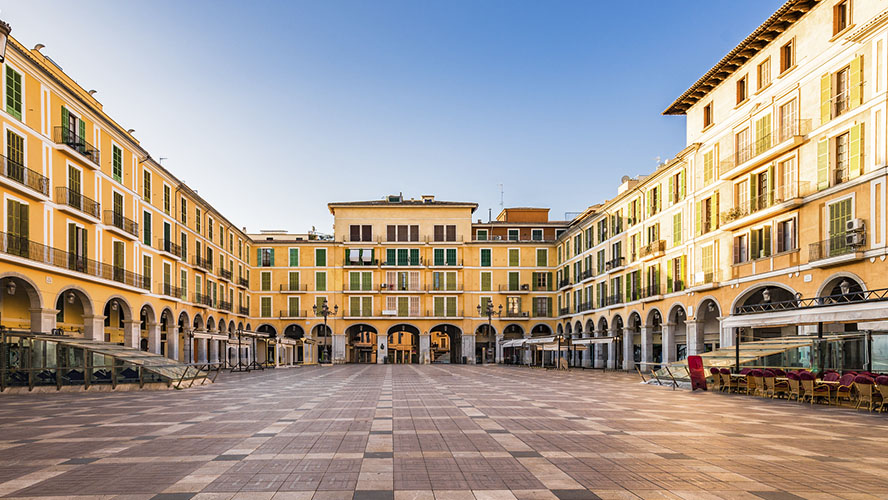
If you want to see Palma’s most seafaring side, you must visit Santa Catalina, the former fishing quarter which still retains a certain village atmosphere thanks to its traditional houses with flower balconies and the 18th century flour mills which have survived on calle Industria and in Es Jonquet. Life in that quarter revolves around Mercat de Santa Catalina, the city’s oldest food market.
Lastly, outside Palma’s historic centre, you must visit two other places of interest. Around two kilometres from there, Bellver Castle stands on a hill overlooking the bay. Built as a fortress palace during the reign of James I of Majorca, the building has also been used as a prison; its most illustrious prisoner was the politician Gaspar Melchor de Jovellanos. It currently houses the City History Museum. Not far from there, in Cala Mayor, you can visit the gardens at Marivent Palace, built in 1925 and which is now used as the summer residence of the Spanish Royal Family.
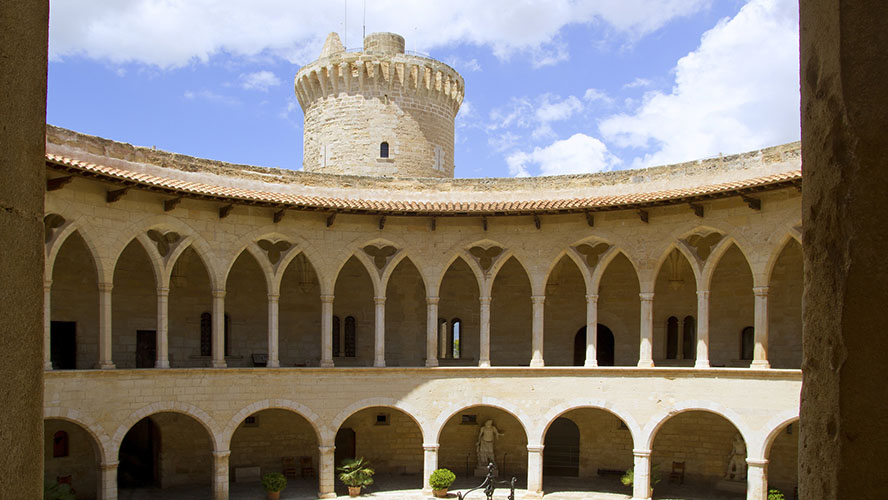
The best restaurants in Palma de Mallorca
Sobrassada (a spreadable sausage), Mahón cheese, fish rice, tumbet (a stew made with potatoes, fried peppers and aubergines with tomato sauce), pa amb oli (tomato bread and oil), ensaimada (sweet bread), etc. Majorca boasts of having an exquisite Mediterranean cuisine and this excellence is evidenced in Palma’s countless good restaurants. If you want to start with some tapas, the best place is to go to the Lonja district, especially Forn de Sant Joan (located in a former 14th century estate), La Bóveda and La Taperia. The elegant Tast Club, in downtown Palma on Carrer de Sant Jaume, has been the trendiest venue in recent years, while Ram Bar, on La Rambla, is another interesting option for eating while standing at the bar.
The list of lunches and suppers is extensive. If you want to try Mediterranean cuisine, go to La Paloma in the Lonja district; Sa Fulla, in Santa Catalina, which combines local and Latin American flavours; or Casa Maruka, which is a safe bet if you want to taste Majorcan cuisine. The best restaurants for fresh fish are Can Eduardo, Pesquero, Patrón Lunares and Ola del Mar (in Portixol). If you want to try different international cuisines, in Palma you can go to famous Italian (Ribello, A Casa Mia), French (Can Marques, La Fabrique), Indian (Basmati), Peruvian (Sumaq), Japanese (Arume, Daruma), Chinese (Made in China) and many other restaurants.
For a special occasion when you want to spend a little bit more, Palma has up to nine Michelin-starred restaurants, including those with creative Mediterranean cuisine by the British chef Marc Fosh and the Argentine Adrián Quetglas, both establishments with very reasonable prices, and Aromata restaurant, owned by the Majorcan chef Andreu Genestra.
Beaches in Palma de Mallorca: go for a dip without leaving the city
The best thing about Palma if you want to relax and go for a swim is that you do not have to go to any of the many idyllic coves around the island. There are several beaches in the city itself and not all of them are bursting at the seams. The most famous and tourist ones are Can Pere Antoni beach, the closest to the centre, with excellent views of the cathedral; Palma beach, spanning five kilometres; and Cala Mayor, next to Marivent Palace. Further from the centre and towards the east, Ciudad Jardín and Cala Estancia are more frequented by the locals and reachable by bike.
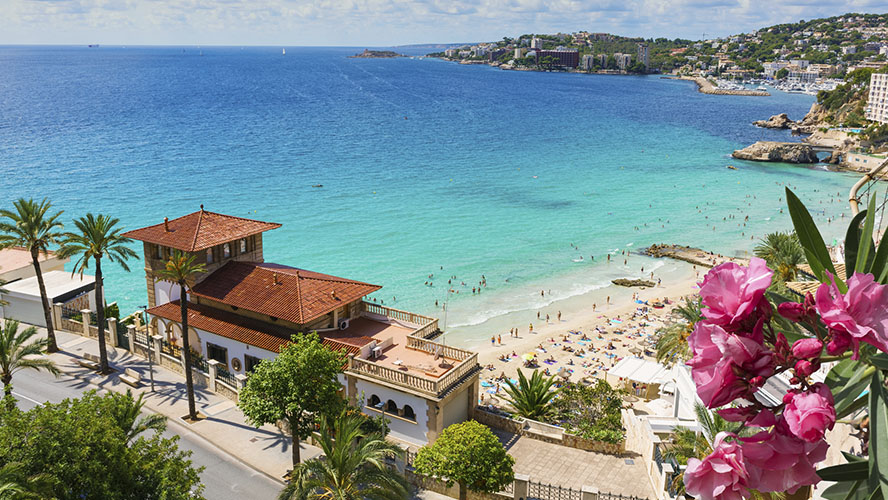
Nightlife in Palma de Mallorca
Although Majorca is not as internationally famous as the neighbouring island of Ibiza, its nightlife is clearly one of the island’s main attractions. In Palma, the best nightlife is along the maritime promenade and in the downtown areas. Iconic nightclubs such as Tito’s, with its red carpet where Hollywood stars used to walk along in years gone by, are located on the maritime promenade, where famous people hang out during their holidays in Palma. In the Arenal area, 10 minutes from the centre, you can go to the extraordinary El Megapark or to the Purobeach Club, where you can enjoy a cocktail while watching the sunset in the background.
The historic centre as well as the Lonja and Santa Catalina districts are perfect for starting off the night by listening to live music while drinking a cocktail. The best ones are the Jazz Voyeur Club, Ábaco Cocktail Bar (check out the shower of petals at midnight), Blue Jazz Club and Plaça Mercat. The minimalist vintage Bar Nicolás is also famous for its long list of cocktails. And if you want to end the night dancing without going to the maritime promenade, you can go to the Brooklyn Club or Kaelum in the Santa Catalina district.





























































